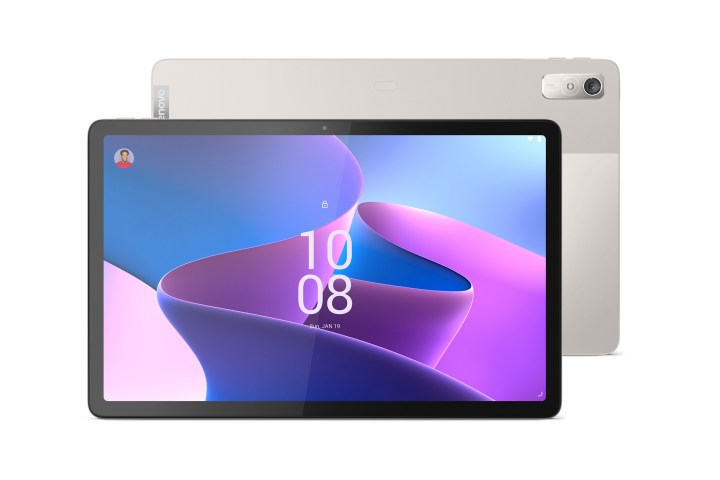Lenovo is upping its game for those looking to both browse the internet on the go and comfortably work from home with the introduction of two new devices: two new Android tablets that could be pretty decent iPad alternatives.
Android tablets aren’t a huge focus for many brands these days, so it’s always nice to see Lenovo remain committed to the form factor. But are its latest releases any good? Here’s what you’ll find with the new Lenovo Tab P11 and Tan P11 Pro.

Both tablets are the second iterations of the P11 family and, as such, boast a handful of small optimizations and improvements from the previous iterations. The base model sports a MediaTek Helio G99 SoC, while the Pro version runs on the more capable MediaTek Kompanio 1300T. The displays for both devices vary immensely; the base version has an 11.5-inch LCD 2K screen, while the Tab P11 Pro sports a slightly smaller 11.2-inch OLED 2.5K display that supports HDR10+.
On just about every level (other than the slight screen size difference,) the Tab P11 Pro outdoes the base model. Both offer the usual slew of RAM and storage options, with the Tab P11 starting at 4GB RAM and 64GB storage and ranging up to 6GB

While neither device is a major technical powerhouse, both certainly bring things to the table, especially when considering that they’re both made with keyboard and smart pencil support in mind. Additionally, they run on Android 12L but will be supported up to Android 14.
Both the Tab P11 and Tab P11 Pro are currently only available in Europe and will be for sale later this year. The Tab P11 Pro will retail starting at 499 euros in September. Those looking for the base model of the second-gen Tab P11 will need to wait until November when it will retail starting at 299 euros.
Editors' Recommendations
- Every Android tablet we’re expecting in 2024
- Is this the best cheap Android tablet of CES 2024?
- Android 12L and Wear OS 3 show Google still isn’t serious about tablets and smartwatches
- Android 12L is available, but you can’t use it on any tablets
- Samsung’s Galaxy Tab S8 shows why Android 12L isn’t enough




